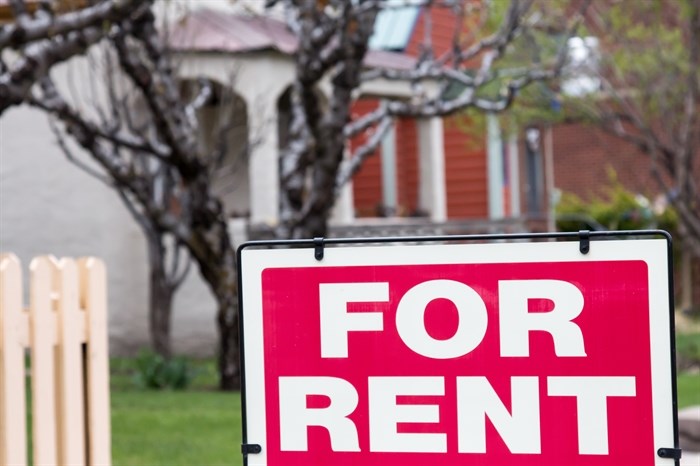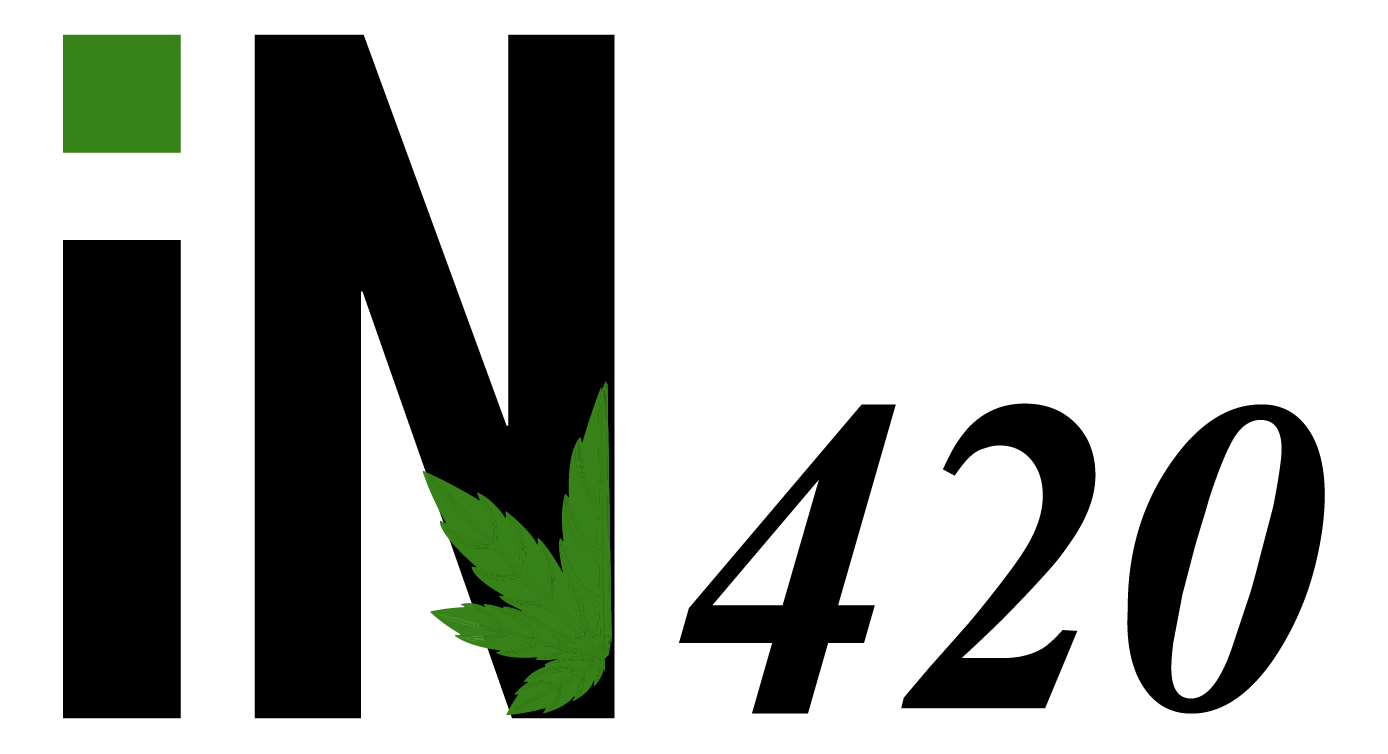Kamloops, Kelowna buck national rental vacancy increase trend
Canada’s rental vacancy rate dropped to 1.5% in 2023 from 1.9% in 2022, the lowest ever recorded since Canada Mortgage and Housing Corporation started compiling data in 1988.
While still below the national average at 1.3%, Kamloops and Kelowna both increased their vacancy rates from 2022, according to data released by CMHC today, Jan. 31.
Kelowna’s rate went up 0.1% and Kamloops was up 0.2%. Those rates may see significant improvements in coming years.
“It's a bit of a lagging indicator,” James Moore, the City of Kelowna’s infill and housing policy manager, told iNFOnews.ca recently.
When a building is completed, it is 100% vacant, he explained, so CMHC waits until it has time to “lease-up.”
READ MORE: West Kelowna passes Penticton to become Thompson-Okanagan’s 4th largest city
“CMHC doesn’t survey buildings that haven’t been in operation for a year, at least,” Moore said in a previous interview. “So, when you get the vacancy rate survey, you’re getting buildings that were not just built for a year but actually operating for a year so, even though you might bring a bunch of stock in over a couple year period, you may not see that on your vacancy rate for a couple of years.”
The average rent for two-bedroom units went up, year-over-year by $115 per month in Kelowna to $1,805 in 2023, while Kamloops rents climbed $89 to $1,498.
Vancouver had the highest rental rates out of Canada’s largest cities at $2,181 for two-bedroom units, the report said.
These rates vary significantly from the monthly rates posted by Rentals.ca. Those are for units advertised for rent each month. The CMHC figures include units that have already been rented out, sometimes for years.
The BC vacancy rate dropped to 1.2% in 2023 from 1.3% the year before.
The rates in all provinces declined in 2023 except for Prince Edward Island which rose to 1.1% from 0.8%. Alberta had a 3.8% vacancy rate in 2022 – 3% is considered a healthy rate – but dropped to 2.1% in 2023. Saskatchewan dropped to 2.4% from 4.2%. That means all provinces had vacancy rates of less than 3% in 2023.
READ MORE: Rent prices rose in 2023 as Canada saw lowest vacancy rate since 1988
The data "did not surprise us at all," said CMHC deputy chief economist Kevin Hughes. Although rental supply rose in most Canadian cities last year, it was not enough to keep pace with increased demand pressures caused by population and employment growth.
"Demand from the demographic changes is definitely substantial," said Hughes.
"You have newly arrived immigrants, obviously, but you have also young Canadians that are seeking their first home and you also have older households who are needing to downsize."
He said with affordability challenges plaguing the home ownership market, especially amid last year's high inflation and interest rate environment, more Canadians are looking to rental options.
The report "confirms the extreme imbalance between supply and demand for homes that characterizes Canada's housing sector," said a note by National Bank of Canada economists Stéfane Marion and Daren King.
The pair predicted that imbalance is "likely to persist for the foreseeable future" as the Bank of Canada forecasts population growth of about 800,000 in both 2024 and 2025, "with only a limited increase in housing starts."
— With files from The Canadian Press
To contact a reporter for this story, email Rob Munro or call 250-808-0143 or email the editor. You can also submit photos, videos or news tips to the newsroom and be entered to win a monthly prize draw.
We welcome your comments and opinions on our stories but play nice. We won't censor or delete comments unless they contain off-topic statements or links, unnecessary vulgarity, false facts, spam or obviously fake profiles. If you have any concerns about what you see in comments, email the editor in the link above. SUBSCRIBE to our awesome newsletter here.










